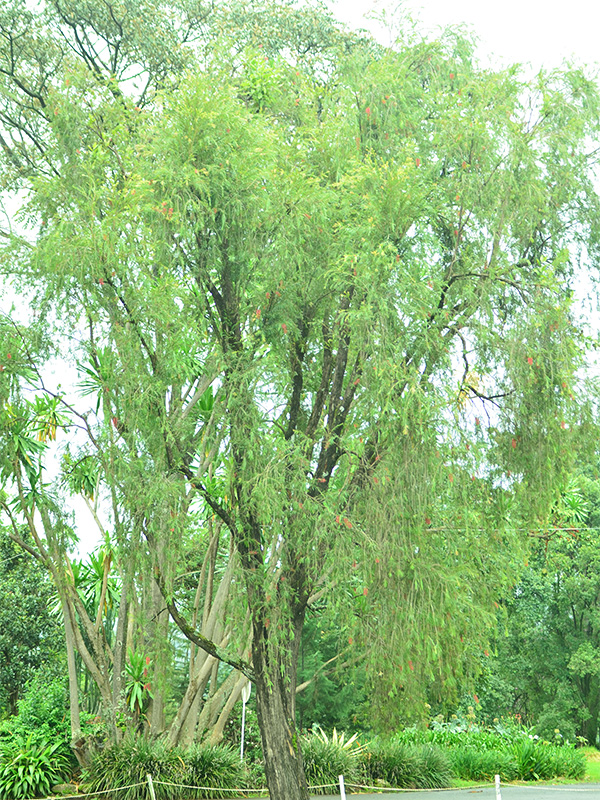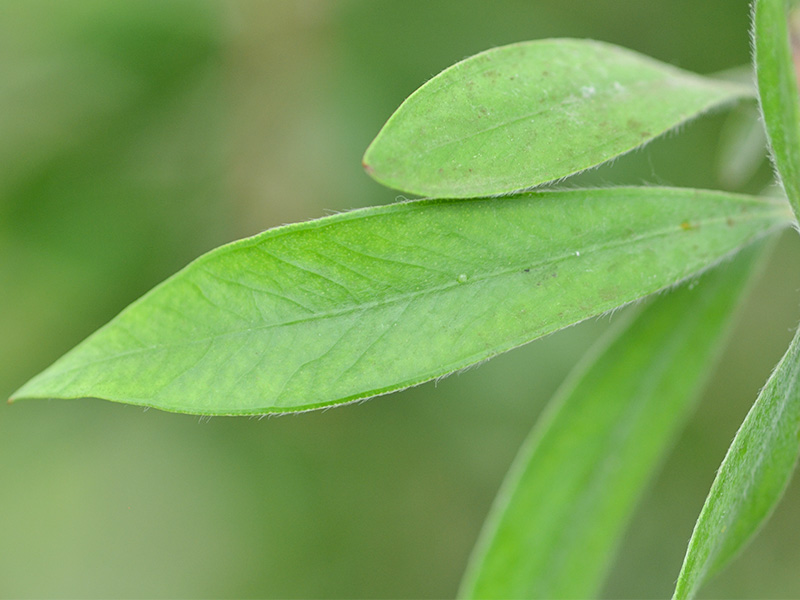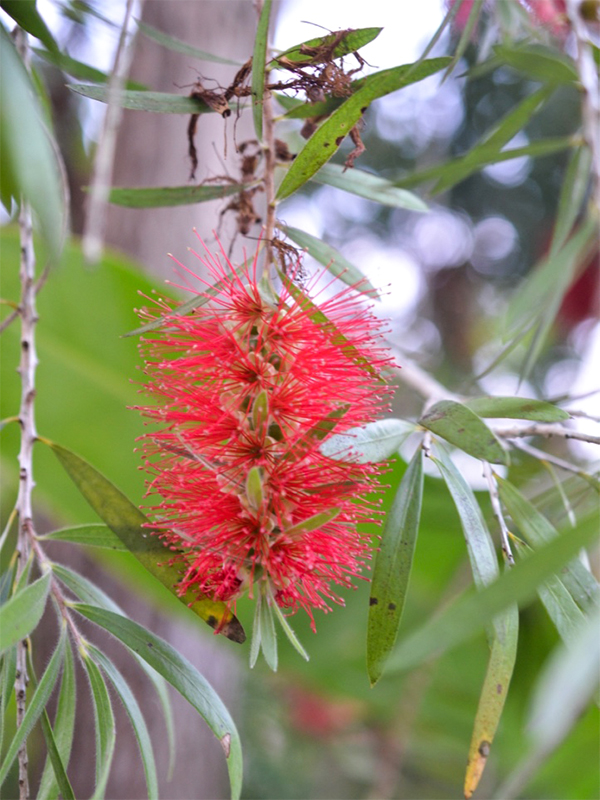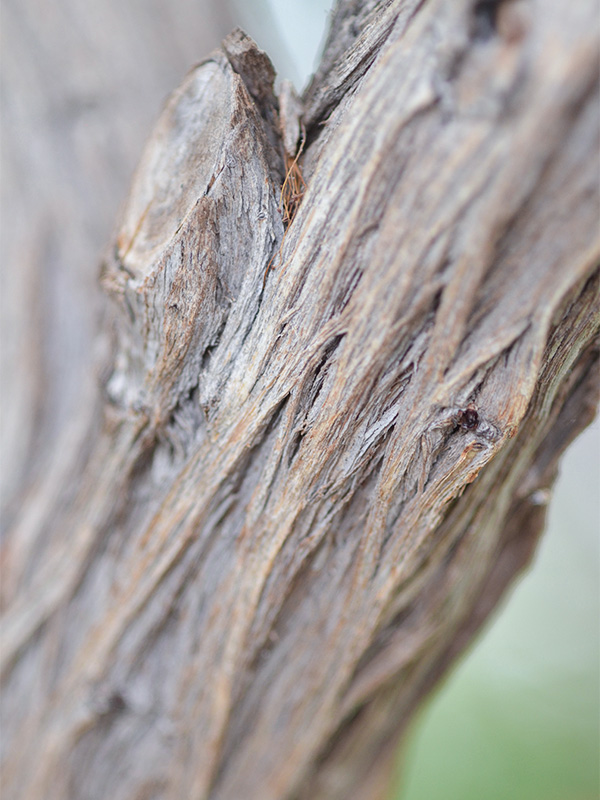
Tropicals, Woody > Callistemon > Callistemon citrinus > Callistemon citrinus
Callistemon citrinus
Crimson Bottlebrush
Origin: Southeastern Australia.
| Family |
| Myrtaceae |
| Genus |
| Callistemon |
| Species |
| citrinus |
| Category |
| Tropicals, Woody |
| Type |
| Tree (evergreen) |
| Synonyms |
| Metrosideros citrina, Callistemon lanceolatus |
| USDA Hardiness Zone |
| 9 - 10 |
| Canadian Hardiness Zone |
| Requires cold season protection under glass. |
| RHS Hardiness Zone |
| H2 - H4 |
| Temperature (°C) |
| 7 |
| Temperature (°F) |
| 45 |
| Height |
| 1 - 7 m |
| Spread |
| 1 - 2 m |
Photographs
Description and Growing Information
Flowering Period
| Landscape |
| Hedge, screening, specimen or accent plant. |
| Cultivation |
| Full sun. Thrives in well-drained soils with high organic matter. Warm, dry climates and is drought tolerant. |
| Shape |
| Large and upright. |
| Growth |
| Medium |
| Pests |
| Spider mites and scale. |
| Habitat |
| Swamps and along the sides of rocky streams. |
| Bark/Stem Description |
| Hard. |
| Flower/Leaf Bud Description |
| Grouped in dozens and are 1 - 4 cm in size. |
| Leaf Description |
| Alternately arranged, thin and pointed at the top. 8 mm wide and 3 - 7 cm long. Gives off a lemon scent when squeezed or crushed. |
| Flower Description |
| The flowers have spikes that are about 6 - 10 cm long. Flowers bloom late spring to early summer in their native region and can bloom again in November and December in cooler climates. |
| Fruit Description |
| Small, cup-shaped capsules that appear in clusters. Located along the stems of the plant and are about 7 mm wide. |
| Colour Description |
| The bark is dark brown. The buds are a greenish-red. The flowers are bright red. The leaves are medium green. |
| Texture Description |
| The bark has a fairly smooth to stringy texture. New growth has a velvety texture. |
| Notable Specimens |
| Missouri Botanical Garden, St. Louis, Missouri, United States of America. Royal Botanic Gardens, Melbourne, Australia. |
| Propagation |
| Stem tip cuttings in spring or early summer. Cut new shoots of growth approximately 7 - 10 cm in size, place them in a pot of peat moss, coarse sand and keep moist. Callistemon citrinus can also be grown from seed in spring. |
| Ethnobotanical Uses (Disclaimer) |
| The leaves can be used in teas and to make a cinnamon dye. The flowers can be used for a tan dye. |



